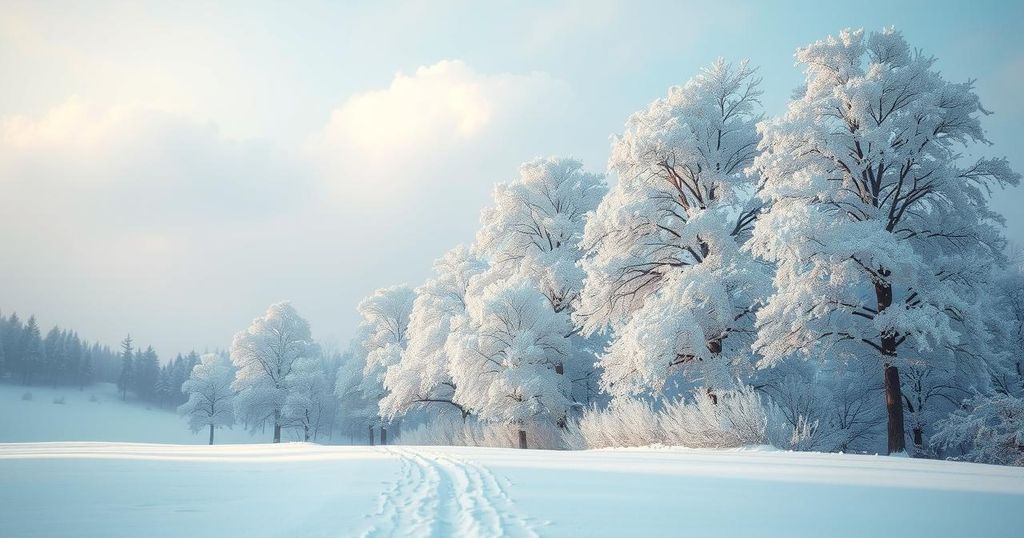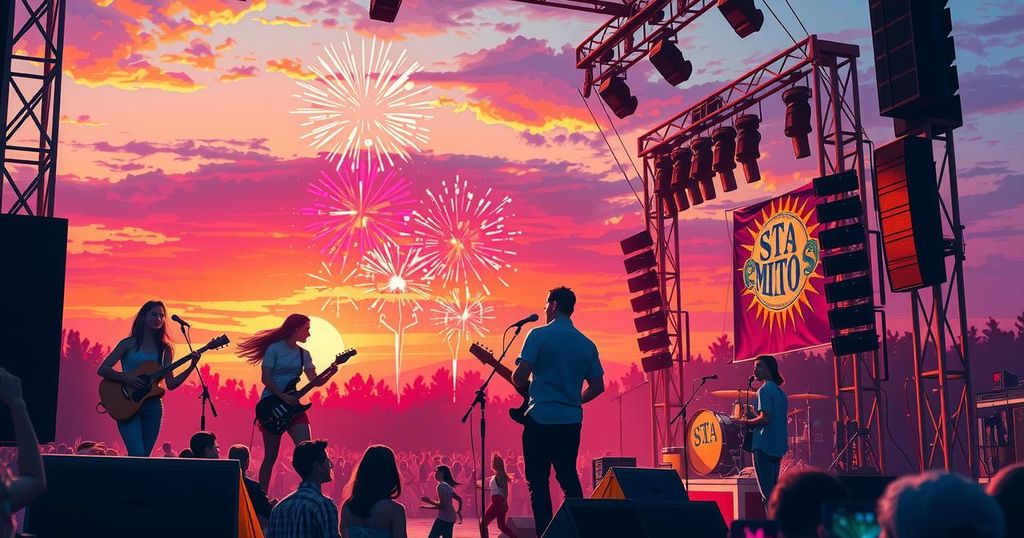AI’s Impact on Weather Photography: Reflections on Raleigh’s 2014 ‘Snowpocalypse’
The 2014 Snowpocalypse significantly impacted the Triangle area, bringing chaos as snowfall accumulated rapidly. The event spurred a flood of memes and social media discussions. Concurrently, artificial intelligence has advanced in weather photography, raising concerns regarding the authenticity of images shared online, making it increasingly difficult for individuals to discern reality.
Over a decade ago, on February 12, 2014, the Triangle area was significantly impacted by an extreme snowstorm, later referred to as the “Snowpocalypse.” High pressure from the north brought cold air while low pressure from the south supplied moisture, resulting in this textbook weather phenomenon. Snowfall began around noon, accumulating at a rate of approximately one inch per hour, which led to early school dismissals and severe traffic congestion as commuters attempted to return home.
The storm escalated rapidly, leading to gridlocked roads and significant snowfall accumulation of four to five inches, before transitioning to sleet and freezing rain as night fell. As the icy conditions worsened, the internet exploded with memes and social media posts showcasing the chaos, notably a famous photograph featuring stranded vehicles and a person making a frantic phone call amid the turmoil.
Peter Forister, a seasoned photographer and storm chaser, has keenly observed how artificial intelligence (A.I.) has influenced weather photography over the past decade. He notes that A.I. image generation has proliferated recently, allowing models to reference existing images and recreate similar visuals. As these models advance, they become increasingly difficult to differentiate from actual photographs, particularly during significant weather events.
Forister emphasizes the challenges posed by A.I.-generated images, particularly on social media, where curated pictures may present a misleading portrayal of reality. He explains that A.I. images often have a “plastic” look, which can serve as a clue to their artificial nature. His advice for social media users is to maintain a critical perspective when evaluating the authenticity of online visuals, especially during major weather occurrences.
In summary, the 2014 Snowpocalypse remains a defining weather event for the Triangle area, marking the first major snowstorm that unleashed chaos across the region. The evolution of artificial intelligence in generating weather-related imagery poses new challenges in distinguishing fact from fiction. As A.I. technology advances, it is crucial for individuals to remain vigilant and critical while navigating the vast sea of information found online, particularly during significant weather events.
Original Source: www.wral.com




Post Comment